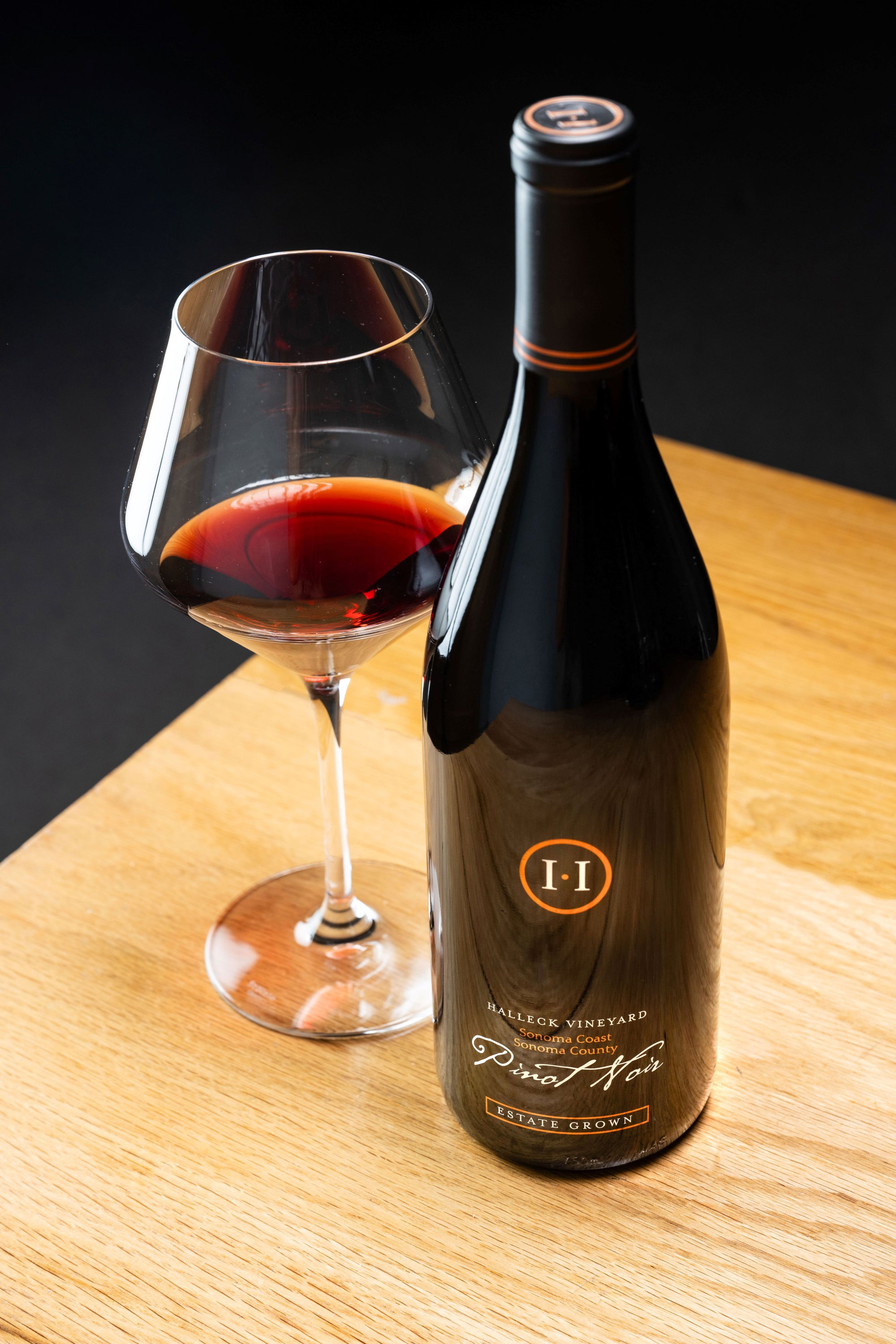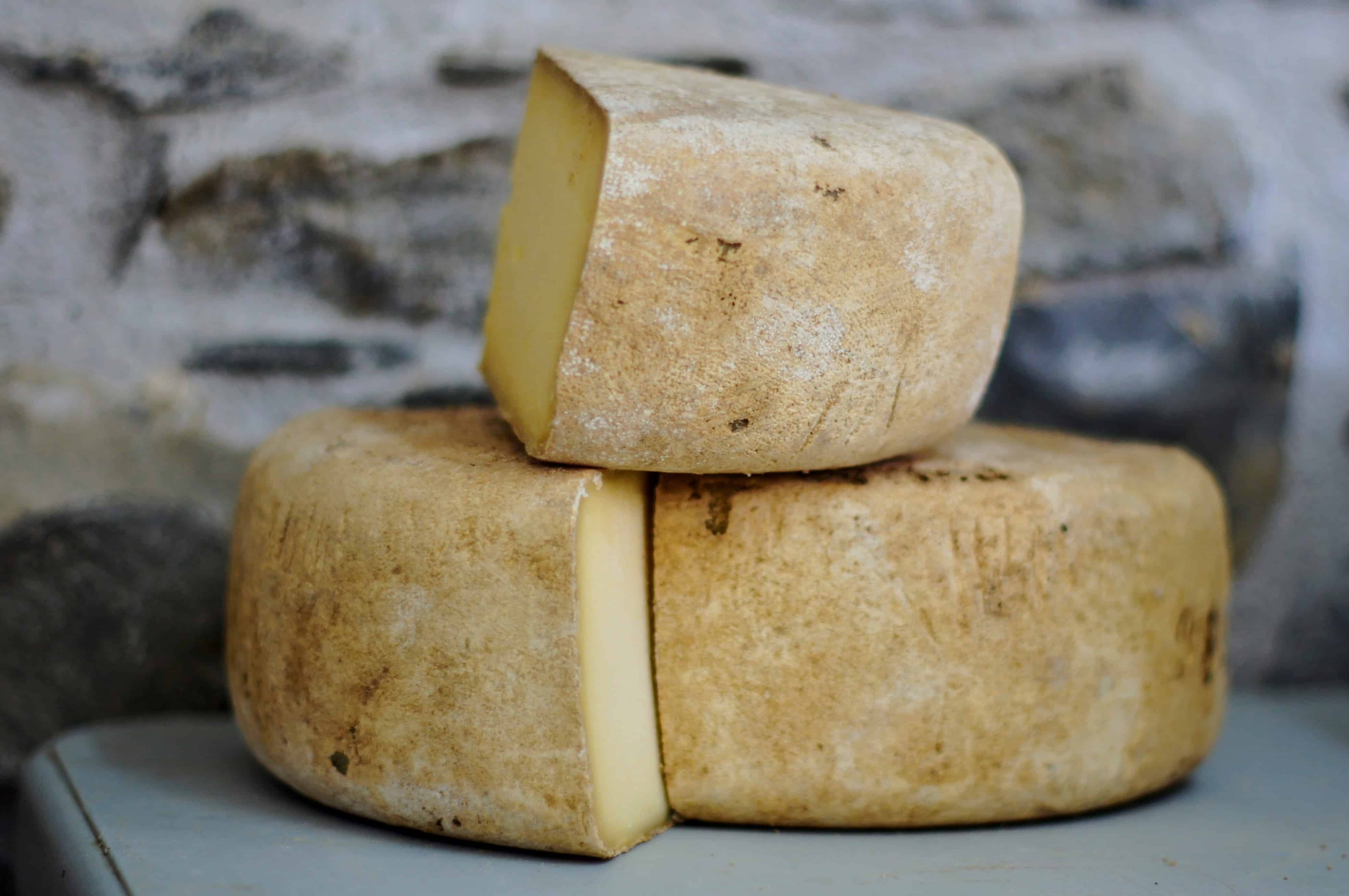Tasting Room Etiquette for Wine Enthusiasts 95468
Understanding the nuanced vocabulary associated with winery wine tasting is important for each novices and seasoned connoisseurs alike. Every term brings to life the experience of tasting wine and can improve one’s appreciation of the numerous intricacies concerned. Wine tasting is more than just consuming; it is an art that entails various senses and emotions.
To begin with, the term "nostril" refers to the aromas one detects when smelling the wine. This is a vital step because the bouquet sets the stage for the tasting experience. Notes of fruit, spice, earth, and wood might mingle, providing a glimpse of what the palate would possibly confirm. Understanding "nosing" the wine can dramatically elevate one's sensory journey.
Another key facet is the term "body." The body of the wine describes its weight and fullness on the palate. A full-bodied wine has a strong presence and tends to linger longer after swallowing. Conversely, light-bodied wines might feel more delicate and refreshing. Recognizing the body helps tasters assess the wine's structure and balance.
Craft Your Journey Through Sonoma's Wine Regions
The idea of "tannins" is vital in red wine tasting. Tannins are compounds derived from grape skins, seeds, and stems, contributing to a wine's texture and growing older potential. Excessive tannin wines often end in a dry mouthfeel, whereas decrease tannin ranges yield a smoother experience. This distinction is particularly essential when pairing wines with food, as tannins can either complement or conflict with certain dishes.
In addition to tannins, "acidity" plays a big function within the wine tasting experience. Acidity gives wine its crispness and liveliness - Secret Wineries in Sonoma County You Must Visit. Wines with larger acidity tend to be refreshing and energizing, making them glorious companions for a selection of meals. Recognizing acidity can drastically improve one’s food-pairing capabilities and total tasting enjoyment.
When delving into the flavor profile of a wine, one could encounter the term "finish." The end refers to the aftertaste that lingers within the mouth after swallowing. A lengthy end is often associated with high-quality wines, because it signifies complexity and depth. A short end could counsel a less complicated wine. Understanding tips on how to consider the end can reveal much a couple of wine's character.
Exploring the "vintage" can also be integral to wine tasting terminology. The vintage denotes the yr during which the grapes were harvested. Completely Different years can yield vastly different results because of variations in climate circumstances. For occasion, a sizzling summer can produce more concentrated flavors, whereas a cooler 12 months might yield more delicate, nuanced wines. Understanding vintage permits for a deeper appreciation of a wine’s origin and potential.
Premier Wine Tasting Experiences in the Russian River Valley 95468
The term "terroir" encompasses the geographical and environmental components that contribute to a wine's unique character. Components corresponding to soil sort, local weather, elevation, and topography all play a task in the flavor and high quality of the wine. This connection to place helps one perceive why wines from totally different regions can style so distinctively different, even when created from the same grape selection (Tasting Room Etiquette for Newbies).

When engaging with wines, the phrase "leg" refers back to the droplets that kind on the within of the glass after swirling. These droplets can indicate the wine's alcohol content and viscosity. While observing the legs may not immediately relate to the wine’s taste, it adds to the general experience and intrigue of wine tasting much less transparent.
Savor Scenic Views and Quality Wines at California Wineries 95405
A extra particular term that will come up throughout tastings is "oak." The affect of oak barrels on wine can impart flavors corresponding to vanilla, toast, or spice. The diploma of oak getting older can range broadly amongst wines, affecting each aroma and style. Understanding oak therapy supplies insights into the winemaker’s decisions and the resulting complexity of the wine.
In wine tasting, one may additionally hear the term "palate." The palate refers again to the total style experience within the mouth. This encompasses sweetness, bitterness, acidity, and physique. A well-balanced palate is crucial for a harmonious tasting experience, and recognizing any imbalances helps assess the standard of the wine.
The experience of wine tasting is significantly enriched by understanding the terminology that accompanies it. Every term serves a function, enhancing the flexibility to convey ideas and emotions concerning the wine one's experiencing. This vocabulary bridges communication between tasters, sommeliers, and winemakers alike.
To fully enjoy wine tasting, it is important to have interaction all senses. The sight of the wine, its shade, and readability can present perception into its age and high quality. Swirling the wine releases aromas that heighten the olfactory experience, while the actual tasting allows for a whole analysis of the wine's profile.
Dining Options at Tasting Rooms in Sonoma County 95468
In conclusion, understanding the detailed explanation of winery wine tasting terminology significantly enhances the experience of tasting. Every term invitations the taster to have interaction extra deeply with the wine, encouraging connections to the senses, the winemakers, and the lands where the grapes are grown. This nuanced vocabulary creates a richer, more fulfilling wine tasting experience.
- Aroma refers back to the scents released by the wine, which may point out its grape selection and affect the tasting experience.
- Tannins are pure compounds present in grape skins, seeds, and stems, contributing to the wine's structure and aging potential.
- A finish, or aftertaste, is the lingering flavor sensation that remains on the palate after swallowing, typically a key indicator of quality.
- Body describes the weight and fullness of wine in the mouth, generally categorized as light, medium, or full-bodied.
- Terroir denotes the unique environmental characteristics of a winery that have an result on the taste and high quality of the wine, together with soil type and local weather.
- Acidity is a crucial element that contributes to a wine's freshness and stability, impacting its growing older capability and general flavor profile.
- Vintage indicates the yr grapes were harvested and plays a significant role in determining the wine's characteristics, reflecting specific climatic conditions.
- Decanting involves pouring wine from its bottle into another vessel, permitting it to aerate and enhancing its flavors and aromas.
- A corked wine may be tainted by a defective cork, leading to musty or off-putting flavors that detract from the wine's meant profile.
- The term “legs” refers to the droplets that cling to the inside of a glass after swirling, typically associated with the wine's alcohol content and viscosity.undefinedWhat is the meaning of "nose" in wine tasting?undefinedThe "nostril" refers back to the aroma profile of the wine, which is detected via the sense of odor. It's an essential aspect of wine tasting, as aromas can reveal so much in regards to the grape variety, winemaking process, and getting older.
How ought to I properly check out this site taste wine?undefinedTo style wine successfully, comply with these steps: observe the color, swirl the wine to aerate it, take a delicate sniff to capture the aromas, sip and let it coat your palate, and at last, note the end. This strategy helps in appreciating the wine’s complexity.
What are "tannins" and the way do they have an result on wine?undefinedTannins are natural compounds present in grape skins, seeds, and stems that contribute to a wine's construction and astringency. They can create a drying sensation in the mouth, they usually additionally play a role in the wine's growing older potential.
Experience Scenic Views and Quality Wines at Sebastopol Wineries 95403

What does the term "stability" imply in wine tasting?undefinedSteadiness refers back to the harmony between the totally different components of a wine, corresponding to acidity, sweetness, alcohol, tannin, and flavor depth. A well-balanced wine could have each of these components supporting each other rather than overpowering the others.
What is the significance of "terroir" in wine tasting?undefinedTerroir encompasses the environmental factors—such as soil, local weather, and geography—that influence the characteristics of the wine produced in a selected region. Understanding terroir helps tasters recognize the distinctive qualities that totally different areas impart to their wines.
What does "vintage" mean and why is it important?undefined"Vintage" signifies the yr when the grapes had been harvested. It is essential as a outcome of it affects the wine’s high quality and characteristics, as weather situations through the rising season can significantly affect flavor profiles and aromatics.
What are "legs" and what do they signify?undefined"Legs" discuss with the droplets that type and run down the within of a glass after swirling wine. While they will point out alcohol content and viscosity, they don't decide quality—this is more about personal perception Wine tasting with guided vineyard walks Sonoma of richness.
Tasting Classes Available at Sebastopol Wineries for Aspiring Enthusiasts
What does "full-bodied" mean versus "light-bodied"?undefined"Full-bodied" wines are rich, dense, and infrequently have greater alcohol content and complicated flavor profiles, while "light-bodied" wines are more delicate and refreshing with a decrease alcohol content. This distinction helps tasters perceive the expected weight and mouthfeel of the wine.
How can I determine fruit flavors in wine?undefinedTo establish fruit flavors, think about the aroma and taste profiles. Swirl the wine, inhale deeply to seize the bouquet, and focus on specific traits. Familiarity with typical fruit profiles of various grape varieties can improve this identification process.
What is "end" in wine tasting?undefinedThe "finish" refers to the aftertaste that lingers within the mouth after swallowing. A long, complicated finish is usually a sign of high quality in a wine, as it displays the depth of flavor and overall craftsmanship within the winemaking process.
 Jaleel White Then & Now!
Jaleel White Then & Now! Rider Strong Then & Now!
Rider Strong Then & Now! Barret Oliver Then & Now!
Barret Oliver Then & Now! Heather Locklear Then & Now!
Heather Locklear Then & Now! McKayla Maroney Then & Now!
McKayla Maroney Then & Now!